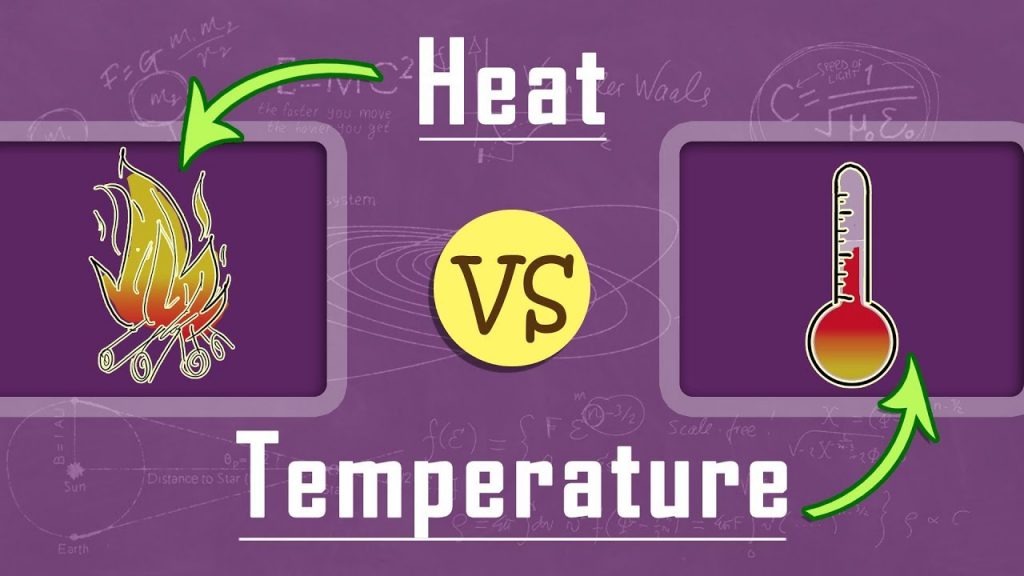A bucket of water with 20 l. At 90°C temperature and another bucket of water with 100 l at 20 °C temperature which has more heat energy and which has more K.E.?
1 Answer
The heat energy is more in water with 100 l because the number of molecules i.e mass is more than that of water with 20 l . Since , the temperature of water with 20 l is more so, the average K.E of molecule in this water is more.
Heat energy is the result of the movement of tiny particles called atoms, molecules or ions in solids, liquids and gases. Heat energy can be transferred from one object to another. The transfer or flow due to the difference in temperature between the two objects is called heat.Thermal energy refers to several distinct physical concepts, such as the internal energy of a system; heat or sensible heat, The biggest example of heat energy in our solar system is the sun itself. The sun radiates heat to warm us up on the planet earth. When the burner of a stovetop is very hot, it is a source of heat energy. ... Automobile fuels such as gasoline are sources of heat energy, as is the hot engine of a racecar or a school bus.
In physics, the kinetic energy of an object is the energy that it possesses due to its motion. It is defined as the work needed to accelerate a body of a given mass from rest to its stated velocity. Having gained this energy during its acceleration, the body maintains this kinetic energy unless its speed changes.Heat, temperature and kinetic energy are linked to each other. In simplest terms, when we heat a substance, its temperature rises and causes an increase in the kinetic energy of its constituent molecules. Temperature is, in fact, a measure of the kinetic energy of molecules.
Heat, once absorbed as energy, contributes to the overall internal energy of the object. One form of this internal energy is kinetic energy; the particles begin to move faster, resulting in a greater kinetic energy. This more vigorous motion of particles is reflected by a temperature increase.


